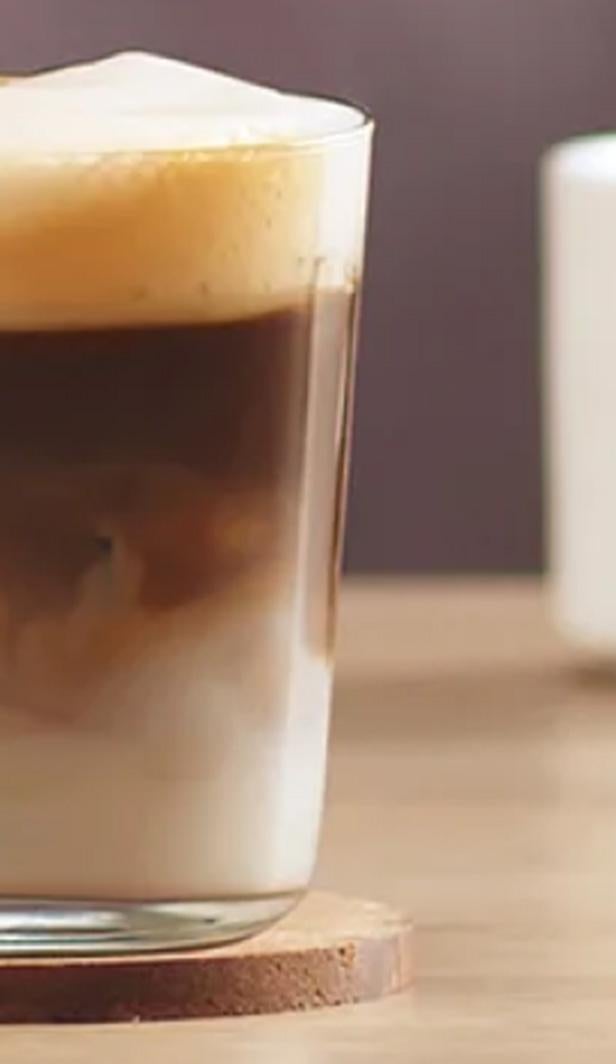A frothy treat
A cappuccino is the perfect balance of espresso, steamed milk and foam. This coffee is all about the structure and the even splitting of all elements into equal thirds. An expertly made cappuccino should be rich, but not acidic and have a mildly sweet flavouring from the milk. And, because the milk is not actually mixed in it gives the espresso a stronger flavour.

Cappuccino origins
The cappuccino first came to Europe and America from Italy in 1980, at a similar time as the latte. Many coffees that originate in Italy have straightforward, descriptive names depending on ingredients or how it’s made, but the cappuccino is a little different. Apparently, the colouring of the espresso and frothed milk is similar to the hue of the Capuchin friar robes, and so, the wonderful beverage was dubbed the ‘cappuccino’.

Known as one of the more popular drinks in any coffee shop, the cappuccino is a balanced coffee that’s a true test of any barista’s skills.

Macchiato vs. cappuccino – what’s the difference?
If you’re ordering in a coffee shop you may be thinking macchiato vs. cappuccino, what’s the difference and what should I go for? Well, firstly you should understand the differences between the two. The macchiato starts off with a base of steamed milk, two shots of espresso and then a thin layer of milk foam on top – providing a much higher ratio of coffee to milk. A cappuccino on the other hand starts with a shot of espresso, then steamed milk and finishes with milk foam on top, all in a perfectly balanced ratio.
Now you know what is a cappuccino and should have all the information you need for your next macchiato vs. cappuccino debate. Looking for a slightly stronger option? Discover our guide to what is an americano, next.

Is cappuccino stronger than coffee?
It depends what type of coffee we are comparing with a cappuccino. A cappuccino and an espresso have the same caffeine content, so they would be similar in terms of strength. But if we’re comparing a cappuccino and an americano, the americano would probably taste slightly stronger, most likely due to the lack of milk in an americano.

Today’s community favourites




